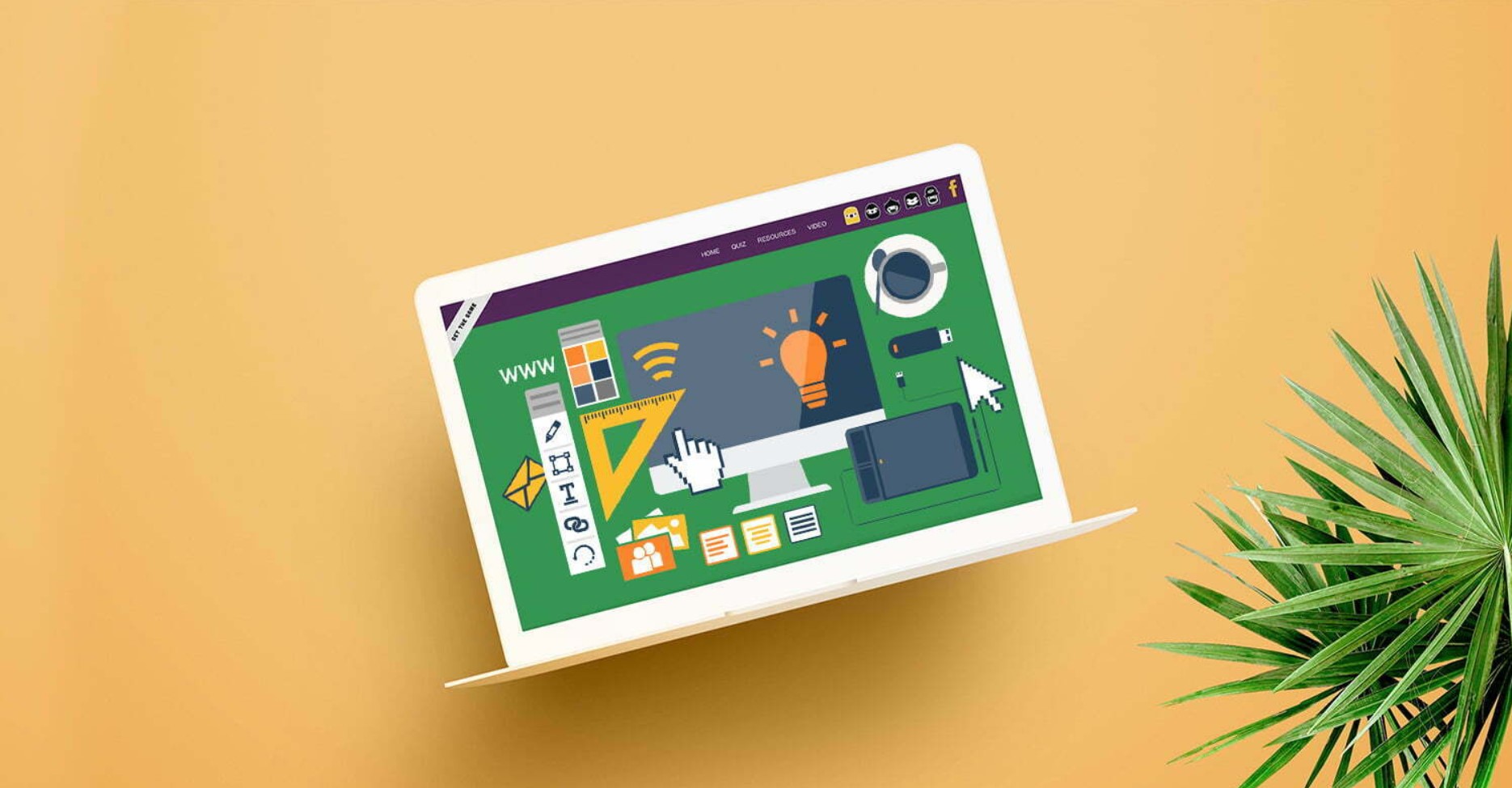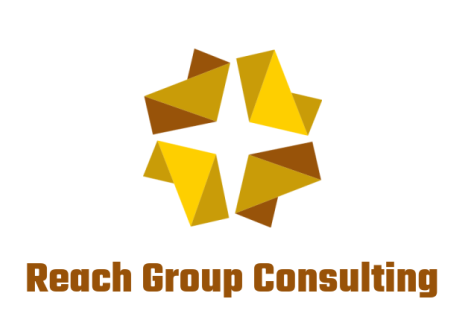Creative Ideas for Unique Header Design

Headers play a crucial role in capturing users’ attention and setting the tone for the entire website. A well-designed header can make a lasting impression, enhance user experience, and communicate the brand’s identity. We will explore creative ideas for unique header design that will help you stand out from the crowd and leave a memorable impact on your audience.
Ideas for Header Design
Headers serve as the gateway to your website, leaving a lasting first impression on visitors. To make your header stand out, consider incorporating the following creative ideas:
- Custom Typography: Experiment with unique fonts that align with your brand’s personality. Bold, elegant, or hand-drawn typefaces can add a touch of creativity and capture attention instantly.
- Collage Style: Combine different elements such as text, images, and shapes to create a visually appealing collage-style header. This approach adds depth and visual interest to the design.
- Negative Space: Embrace the power of white space to create a clean and minimalist header. Strategic use of negative space draws attention to the key elements, making them more impactful.
- Split-Screen: Divide the header into multiple sections to showcase different aspects of your brand or message. This technique adds a dynamic and engaging element to the design.
- Gradient Overlays: Apply gradient overlays to images or backgrounds to create a captivating and modern header. Gradients can evoke emotions and enhance the overall aesthetic appeal.
- Interactive Elements: Incorporate interactive elements such as sliders, hover effects, or scroll-triggeredanimations within your header design. This interactive experience will engage users and encourage them to explore further.
- Geometric Shapes: Introduce geometric shapes like triangles, circles, or polygons to add visual interest and structure to your header. Play with overlapping shapes or use them as decorative elements.
- Custom Illustrations: Create unique illustrations that align with your brand’s identity and incorporate them into your header design. Illustrations can evoke emotions, tell a story, and create a memorable visual experience.
- Parallax Scrolling: Implement parallax scrolling effects in your header to add depth and create a sense of movement. This technique adds a dynamic element to your design and captivates users’ attention.
- Responsive Design: Ensure that your header design is optimized for different devices and screen sizes. A responsive header will provide a consistent and enjoyable user experience across all platforms.
Q1: How can I choose the right typeface for my header design?
Choosing the right typeface for your header design depends on various factors, such as your brand’s personality, target audience, and the overall tone of your website. Consider fonts that align with your brand’s identity and evoke the desired emotions. Serif fonts convey a classic and sophisticated feel, while sans-serif fonts are more modern and clean. Experiment with different typefaces and choose the one that best represents your brand.
Q2: Are there any SEO considerations for header design?
Yes, there are SEO considerations for header design. Firstly, make sure to include relevant keywords in your headers, especially in the H1 tag. This helps search engines understand the main topic of your page. Additionally, utilizing header tags (H1, H2, etc.) correctly and structuring your content with proper HTML hierarchy improves readability for both users and search engines. Lastly, consider implementing structured data markup for your headers to provide additional context to search engines.
Q3: How can I optimize my header design for fast load times?
To optimize your header design for fast load times, consider the following practices:
- Optimize and compress images to reduce file sizes.
- Minify CSS and JavaScript files to reduce their size.
- Use CSS sprites to combine multiple images into a single file.
- Utilize caching techniques to store static files and assets.
- Employ a content delivery network (CDN) to distribute your website’s files across multiple servers worldwide.
Q4: What are some upcoming trends in header design?
Some upcoming trends in header design include augmented reality (AR) headers, which provide immersive and interactive experiences, voice-activated headers that allow users to navigate through voice commands, and headers powered by artificial intelligence (AI) that can dynamically adapt and personalize the content based on user preferences.
Q5: How can I ensure consistency across my website’s headers?
To ensure consistency across your website’s headers, establish a style guide or design system that outlines the specific guidelines for header design. This includes typography choices, color palettes, spacing, and overall visual hierarchy. By adhering to these guidelines consistently, you can create a cohesive and unified brand experience.
Q6: What is the importance of personalization in header design?
Personalization in header design helps tailor the user experience to individual preferences, making it more relevant and engaging. Dynamic headers based on user preferences, such as displaying localized content or recommending personalized products, can create a sense of familiarity and enhance user engagement.
